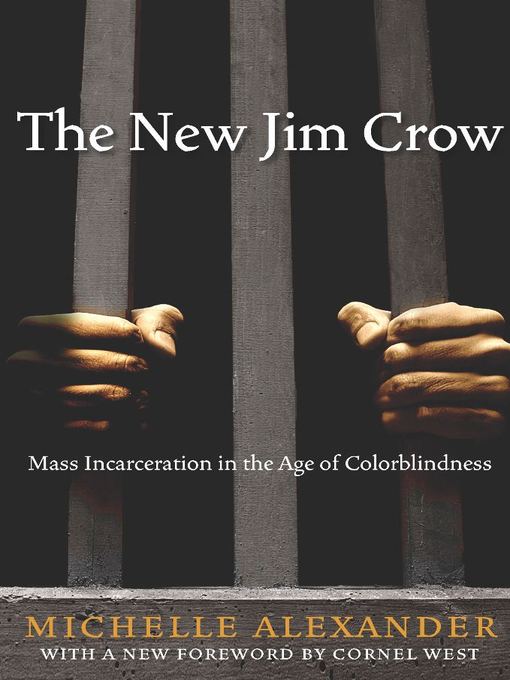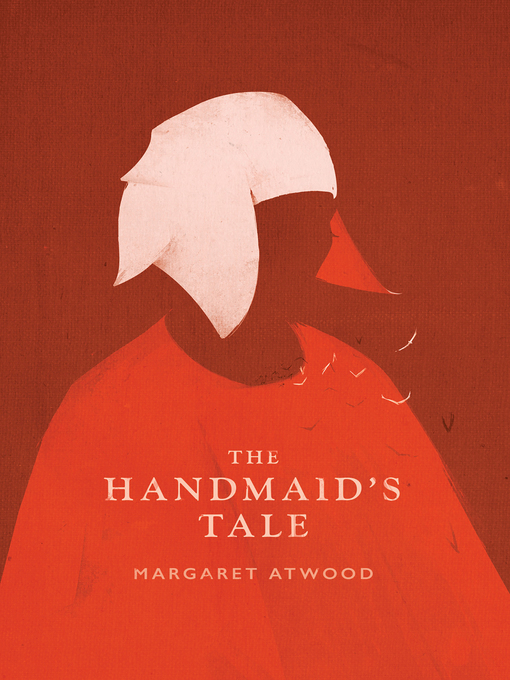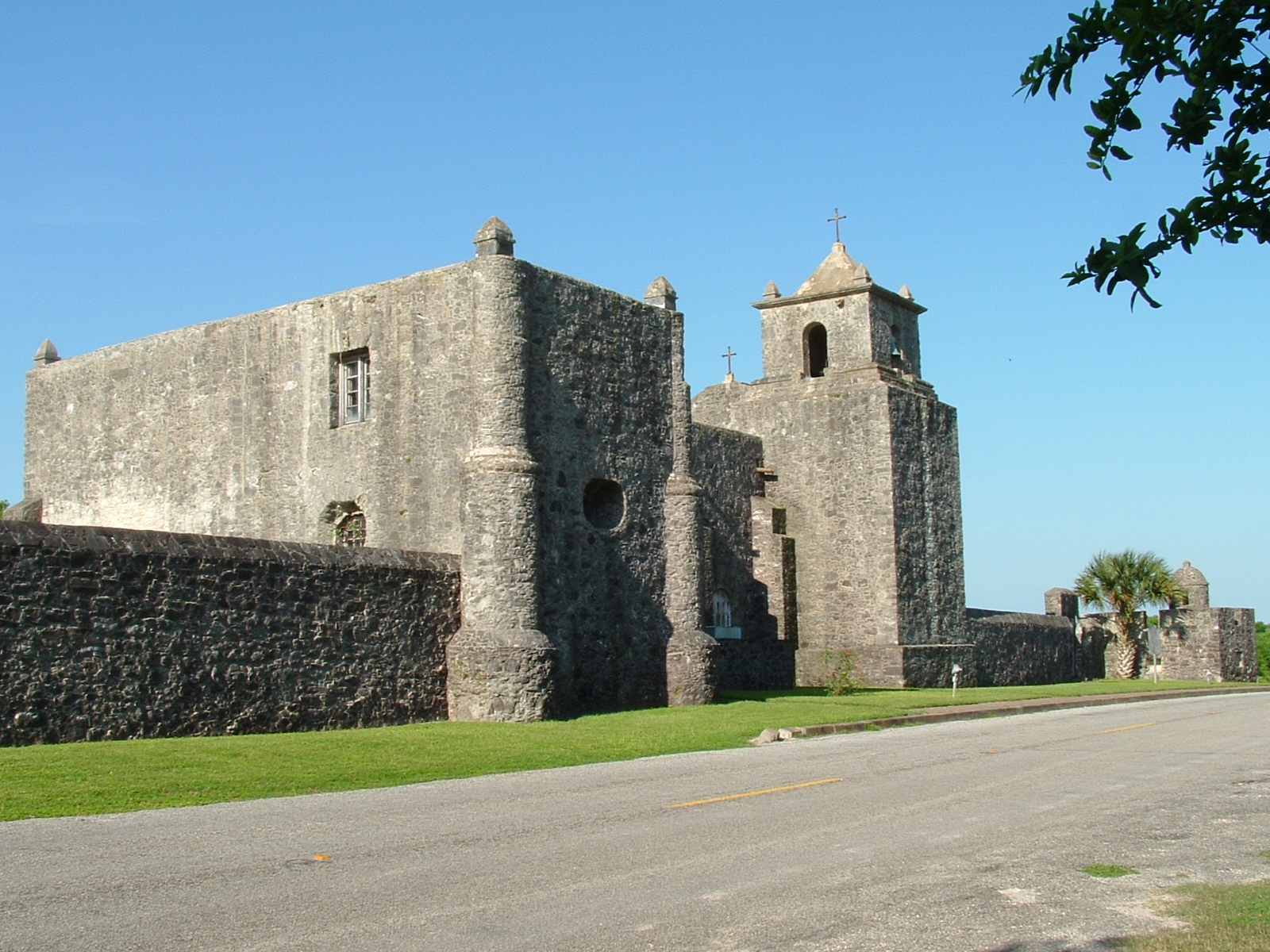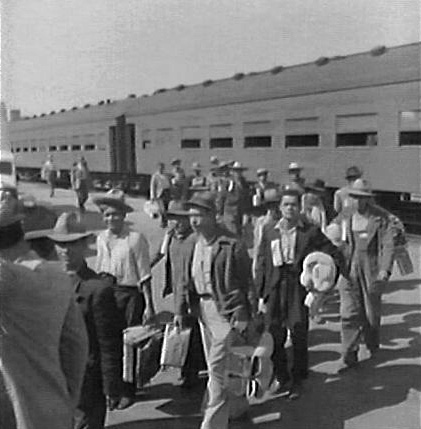- Poetry Criticism (part of Gale Literature Criticism)
- 20th Century American Poetry
- 20th Century English Poetry
Add your comments! Give your opinions. Tell us how we can make Tarleton Libraries better!
Texas Universities Join Forces to Negotiate Their Future
New Coalition Seeks Lower Costs and Greater Access to Research
Forty-one universities across Texas have joined forces as the Texas Library Coalition for United Action (TLCUA) to think creatively about access to faculty publications and the sustainability of journal subscriptions. TLCUA has organized to identify the best way to change current models and the relationships between academic institutions and publishers. The goals of the Coalition are ambitious – improved access to scholarship, greater control over faculty content, and pricing models that are sustainable for strained library budgets in higher education.
The sustainability of providing scholarly research at ever-increasing costs is putting these academic libraries in difficult positions as they work to offer access to scholars on their campuses.
“We are nearing a tipping point where we can no longer continue under the current business model,” said Sara Lowman, Vice Provost & University Librarian at Rice University and chair of the Coalition Steering Committee. “We want to come up with solutions that benefit everyone involved: the taxpayers and others who fund our research, the professors who conduct the research, the publishers who disseminate our research findings, and people around the world who benefit from research conducted in Texas.”
Technology has provided greater opportunities for wider availability of resources, and the Coalition wants those opportunities to be reflected in agreements that will benefit all academic libraries whether public or private, urban or rural.
The Coalition has begun its mission by entering into dialog with academic publisher Elsevier. They hope that through positive engagement and mutual understanding, an improved and sustainable model for the dissemination of scholarship can be achieved.
“We value the content in Elsevier journals and look forward to working with Elsevier to come to a mutually beneficial agreement,” Lowman said.
Elsevier is the world’s largest publisher of scholarly work, with 70 offices in 24 countries. It publishes 2,500 journals, including The Lancet and Cell, covering topics in medicine, biology, psychology, business and more. Elsevier has been involved in several public negotiations with the University of California libraries, MIT, LSU and Florida State.
The Coalition institutions collectively have more than 320,000 students and 14,000 faculty. Their Elsevier subscriptions represent a significant investment estimated at over $20 million. By these and other measures, the Coalition represents one of the largest and most diverse U.S. collective negotiation consortia of its kind.
The current members of the Texas Library Coalition for Collective Action are:
Angelo State University
Baylor University
Lamar University
Prairie View A&M University
Rice University
Sam Houston State University
Stephen F. Austin University
Sul Ross State University
Tarleton State University
Texas A&M International University
Texas A&M University (College Station)
Texas A&M University-Central Texas
Texas A&M University-Commerce
Texas A&M University-Corpus Christi
Texas A&M University-Kingsville
Texas A&M University-San Antonio
Texas A&M University-Texarkana
Texas State University
Texas Tech University (Lubbock)
Texas Tech University Health Sciences Center El Paso
Texas Tech University Health Sciences Center Lubbock
University of Dallas
University of Houston
University of Houston Clear Lake
University of Houston Downtown
The University of Texas Southwestern Medical Center
West Texas A&M University
***
Media contact: Dr. Jeffrey Spies, TLCUA lead negotiator (+1 540-603-0693; press@221b.io)
 In 2019, And Tango makes three was one of the most challenged books that year. Check it out in the Curriculum section of the Dick Smith Library, call number PZ10.1 .R414 TAN 2005
In 2019, And Tango makes three was one of the most challenged books that year. Check it out in the Curriculum section of the Dick Smith Library, call number PZ10.1 .R414 TAN 2005 This book was banned by the Florida Department of Correction and North Carolina Department of Public Safety. Check out the e-book of OverDrive.
This book was banned by the Florida Department of Correction and North Carolina Department of Public Safety. Check out the e-book of OverDrive. Commonly banned and contested for LGBTQIA+ content and for sexually explicit content. Available on OverDrive.
Commonly banned and contested for LGBTQIA+ content and for sexually explicit content. Available on OverDrive.  Now a popular T.V. series, this book is often banned due to sexual references and profanity. Available to read on OverDrive.
Now a popular T.V. series, this book is often banned due to sexual references and profanity. Available to read on OverDrive.
 |
| Percentage of Hispanic or Latino population by county in 2010 census. By United States Census Bureau [Public domain], via Wikimedia Commons. |
 |
| Presidio La Bahía near Goliad, TX. Originally built by the Spanish in 1721, and later rebuilt in 1771. Photo by Ernest Mettendorf - Public Domain, https://commons.wikimedia.org/w/index.php?curid=4208460 |
 |
| The first Braceros arriving by train in Los Angeles, CA in 1942. By Dorothea Lange, working for the US Government. [Public domain], via Wikimedia Commons. |
 |
| President Obama and Sonia Sotomayor meeting in the Oval Office in 2009. By Official White House photo by Pete Souza from Washington, DC (Flickr) [Public domain], via Wikimedia Commons |
 |
| A screenshot of the Tarleton Libraries YouTube channel. |

Tarleton State University is excited to announce that they are one of 12 schools chosen to join the 2020-2021 OpenStax Institutional Partnership Network. See the full press release here. Tarleton prides itself on being affordable and this partnership will helpTarleton expand access to low and no- cost textbooks. "One of Tarleton's ongoing goals is continuing to offer and affordable college education" -Diane Taylor, Associate Provost and Senior Associate Vice President for Academic Affairs.

5th Congressional District of Georgia. (2016, June 28). Biography: John Lewis. Retrieved July 31, 2020, from https://johnlewis.house.gov/john-lewis/biography